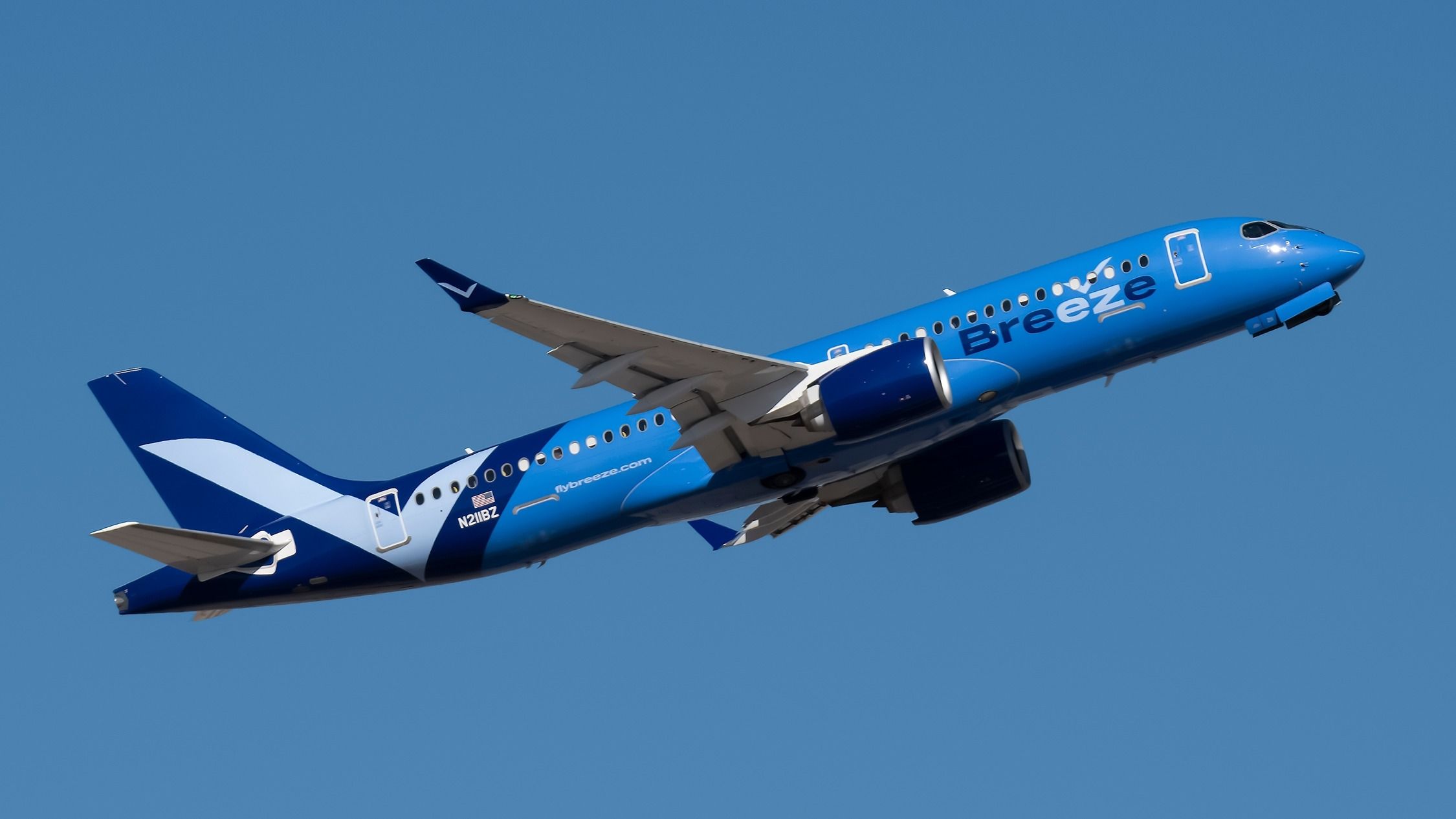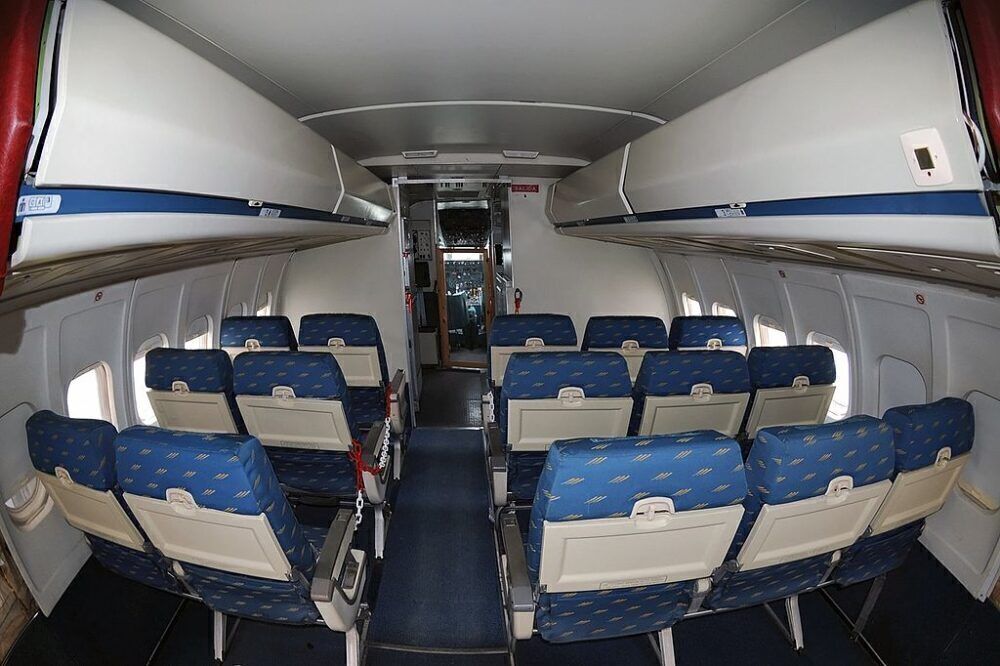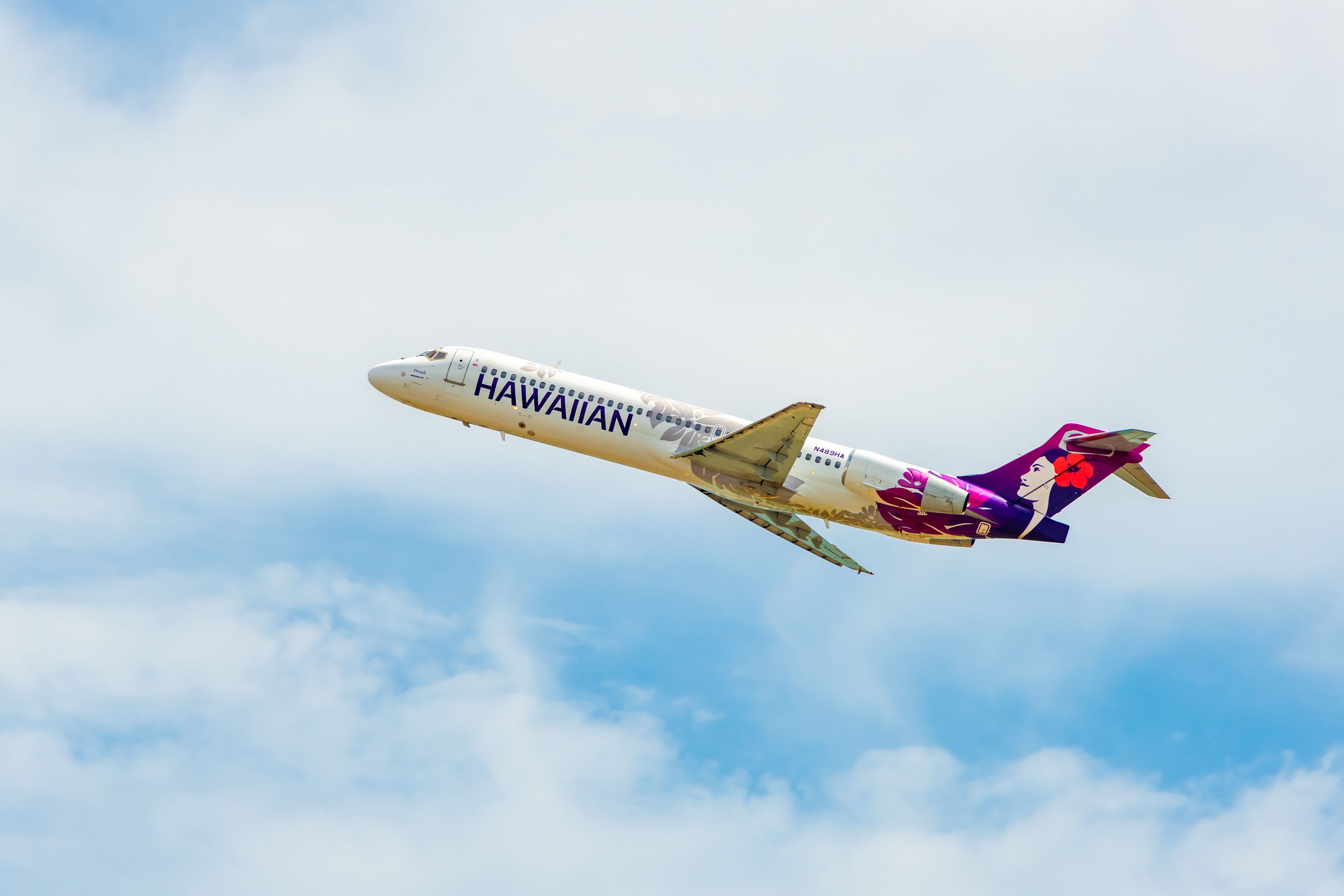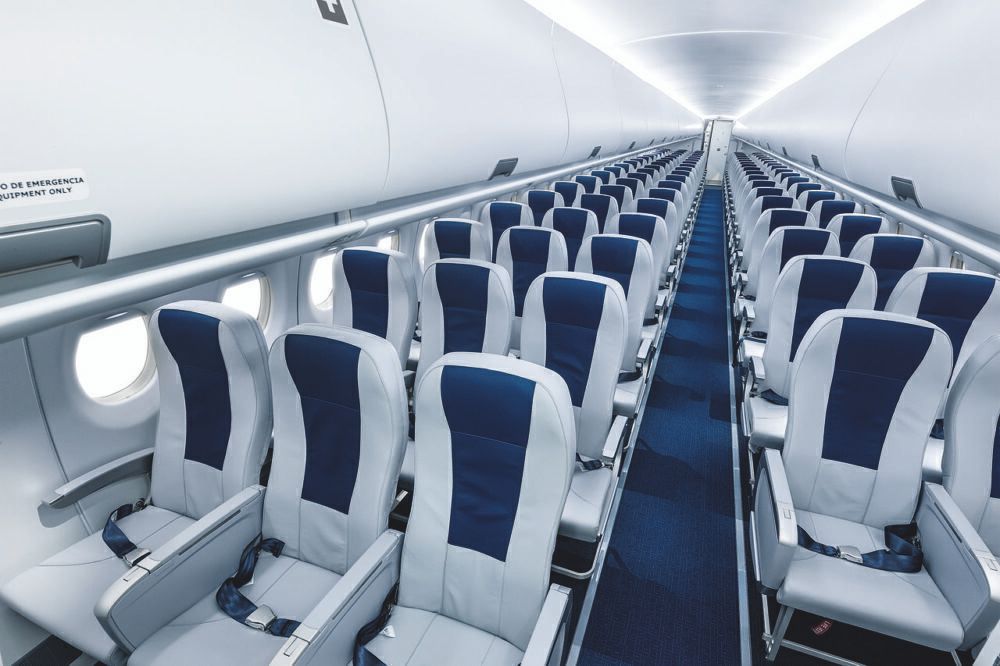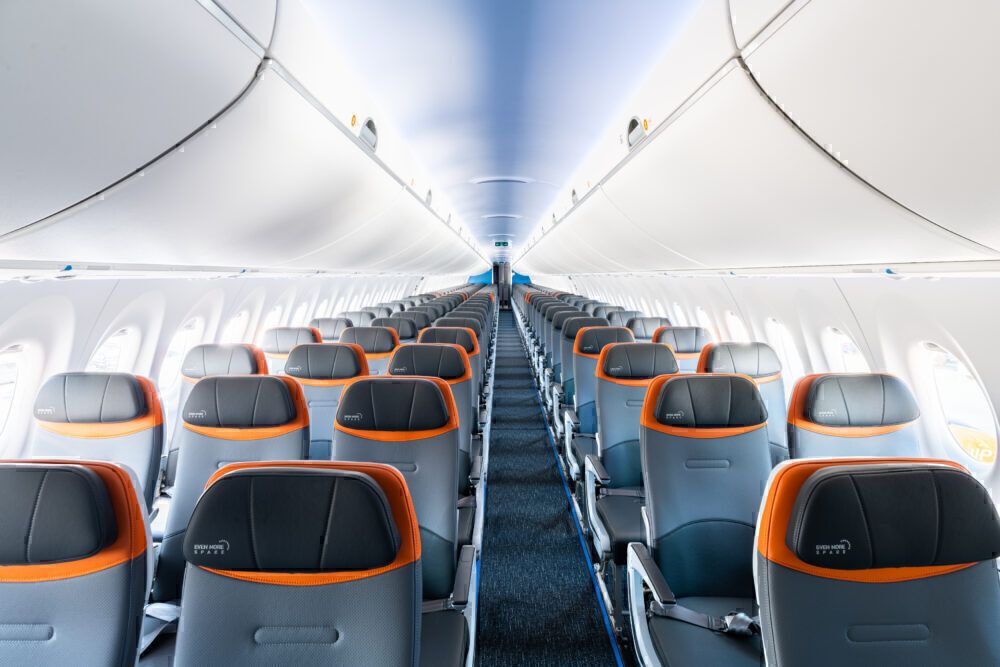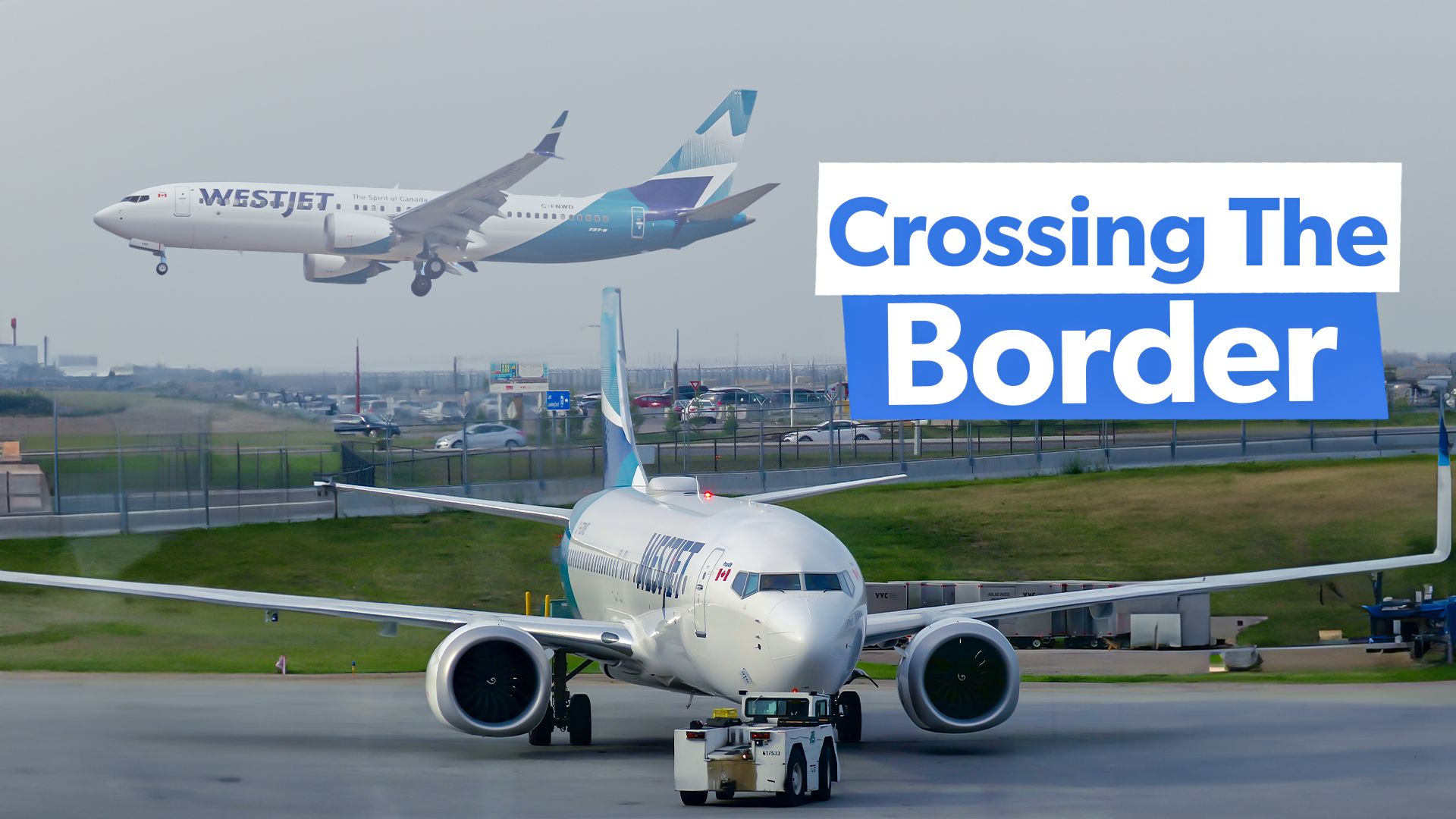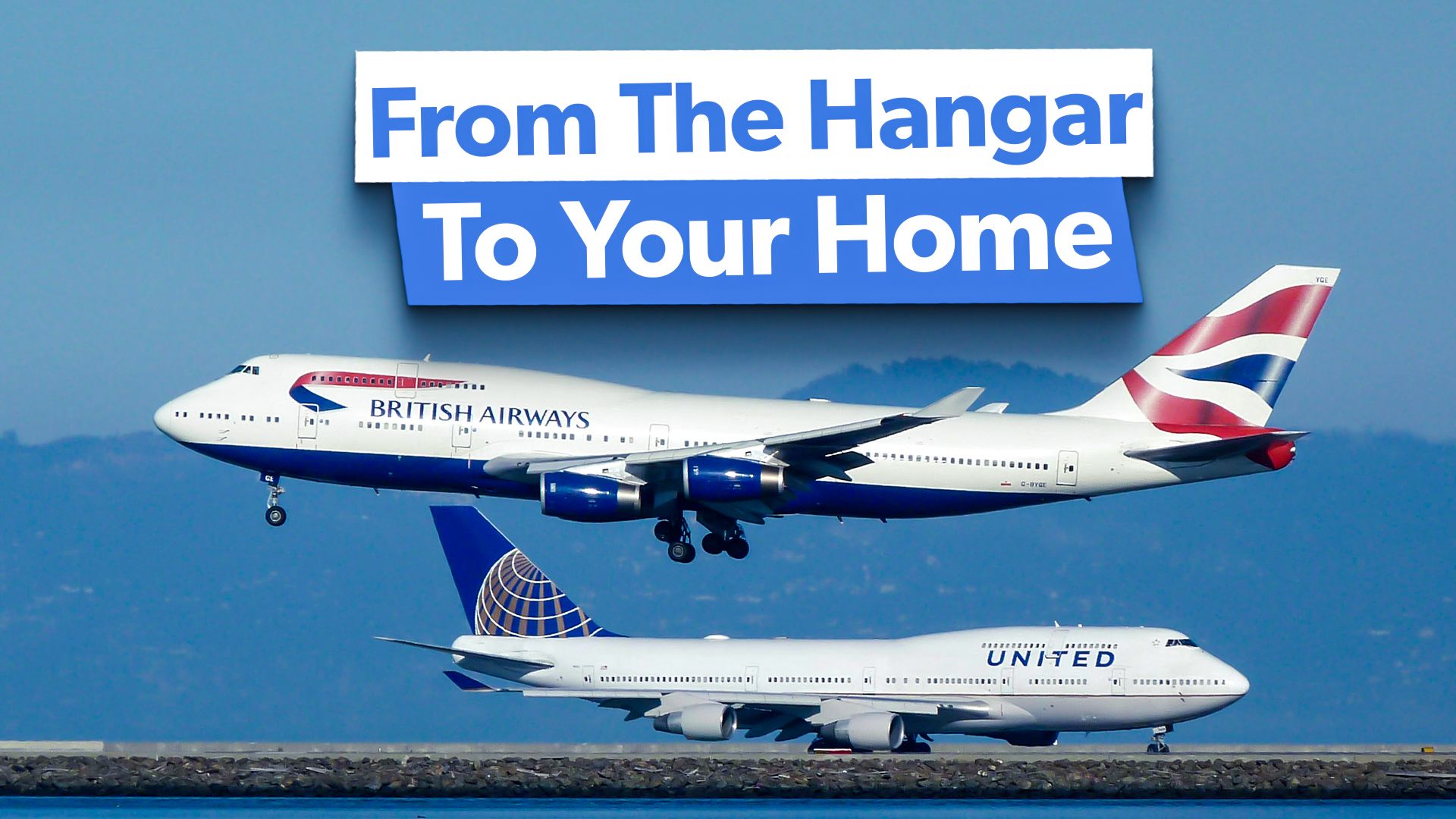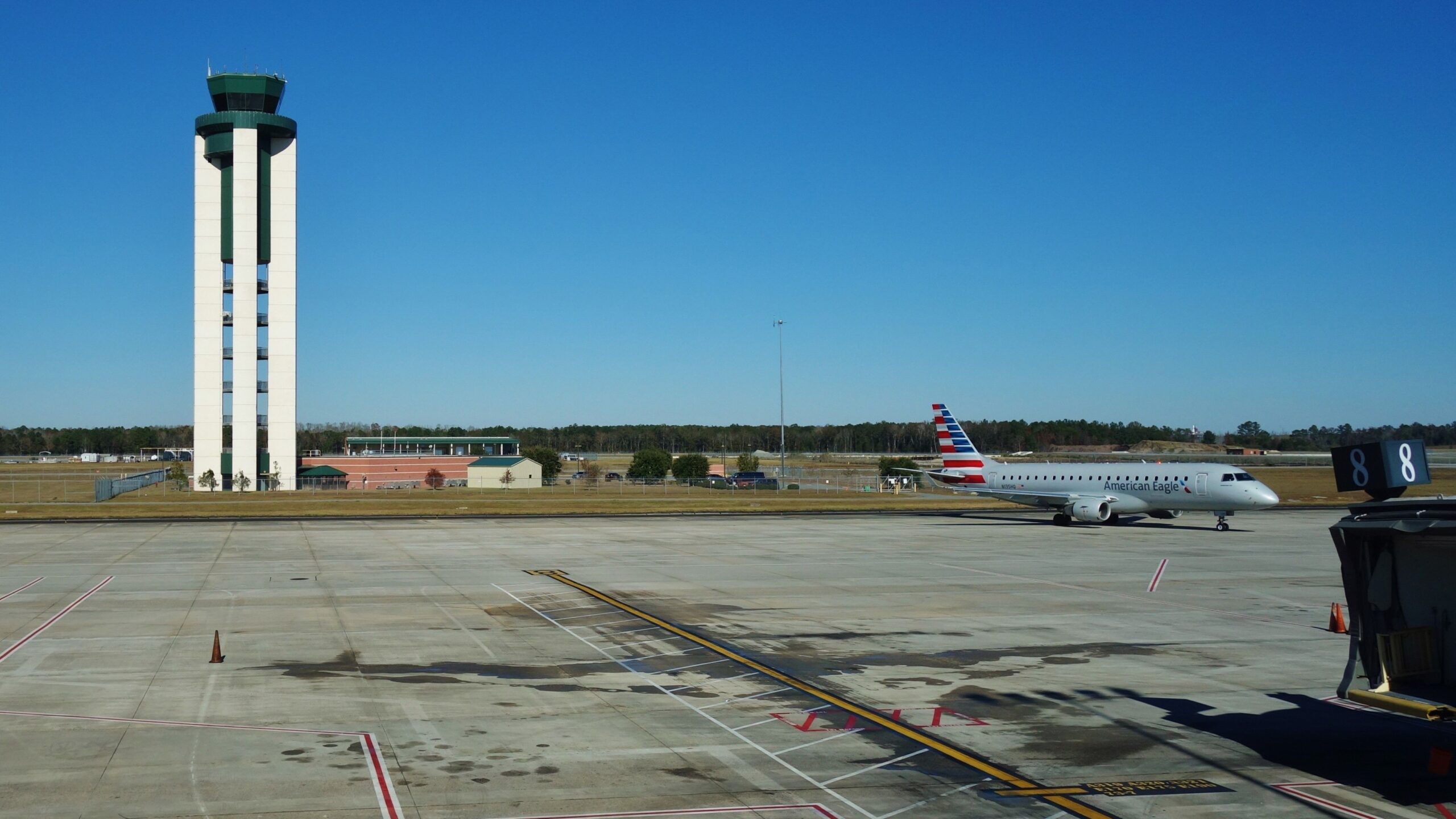Summary
- Different aircraft have unique layout configurations, like the 2-3 setup seen in classic DC-9s and modern Superjet 100s.
- The Airbus A220, a prevalent modern aircraft, also uses a 2-3 layout in its cabins, offering a unique seating experience.
- The industry standard for economy class is now 3-3, making older, unique layouts harder to find, like the 2-5-2 setup on Boeing 777-200s.
Aircraft are configured differently depending on the cabin’s size and the target market’s requirements. For instance, the economy class on Emirates’ gargantuan Airbus A380s is configured in a 3-4-3 layout. Meanwhile, those traveling on a Boeing 737 MAX 8 with Southwest Airlines will notice a 3-3 formation. However, some planes are set up in an unusual 2-3 layout.
Narrowbody jets naturally have more compact layouts due to the smaller cabin size, with Boeing and Airbus’ common narrowbodies generally going for the 3-3 option in their economy classes. However, the likes of Embraer have to be even more precise with their smaller regional jets. For instance, the ERJ145s are configured in a 1-2 layout, and there are even aircraft, such as some turboprops, that have configurations as low as 1-1.
The Douglas DC-9 – an industry classic
When it comes to the 2-3 formation, there are two commercial aircraft that stand out. The first is the classic Douglas DC-9. While this type’s first class had a 2-2 configuration, the main cabin was configured in 2-3. Delta Air Lines introduced the jet in December 1965, with the Atlanta-based carrier looking to deploy it on services to smaller and intermediate-sized cities.
Delta Air Lines reserved the DC-8 and Convair 880 for longer distances, while the 65-seat DC-9 operated shorter-distanced flights. It was a useful aircraft for airlines across the United States, as 60% of all passenger traffic in the nation was on routes up to 500 mi (805 km) in length. Northwest Airlines was also a major operator of the DC-9, increasing Delta Air Lines’ DC-9 fleet size considerably when it acquired the carrier in 2008.
Photo: Phillip B. Espinasse | Shutterstock
The DC-9 gave way to more modern solutions, such as the Boeing 717, and it is now primarily operated by just a handful of freight outfits. The 717 also features a 2-3 layout, and went on to become a commercial success for Boeing over the years. However, nowadays, only three commercial operators remain worldwide – Delta Air Lines (71), Hawaiian Airlines (18), and QantasLink (9).
The Sukhoi Superjet 100 – ideal for regional operations
Another major aircraft that opted for a 2-3 configuration is a much more modern unit. The Sukhoi Superjet 100 was introduced with Armavia in April 2011. This Russian plane typically provides the capacity for 87 to 98 passengers and is great for regional operations.
Like the DC-9, the Superjet 100’s premium offering has a 2-2 configuration. Meanwhile, the economy is configured in a 2-3 layout. Interestingly, the likes of Interjet, which took over 20 deliveries of the jet, offered a 34-inch seat pitch on the plane. This aspect gives premium economy legroom in an economy setting. The Mexican low-cost carrier ceased operations in December 2020, but even prior to the pandemic, the Interjet had seen its fleet of Superjet 100s significantly reduced due to technical issues.
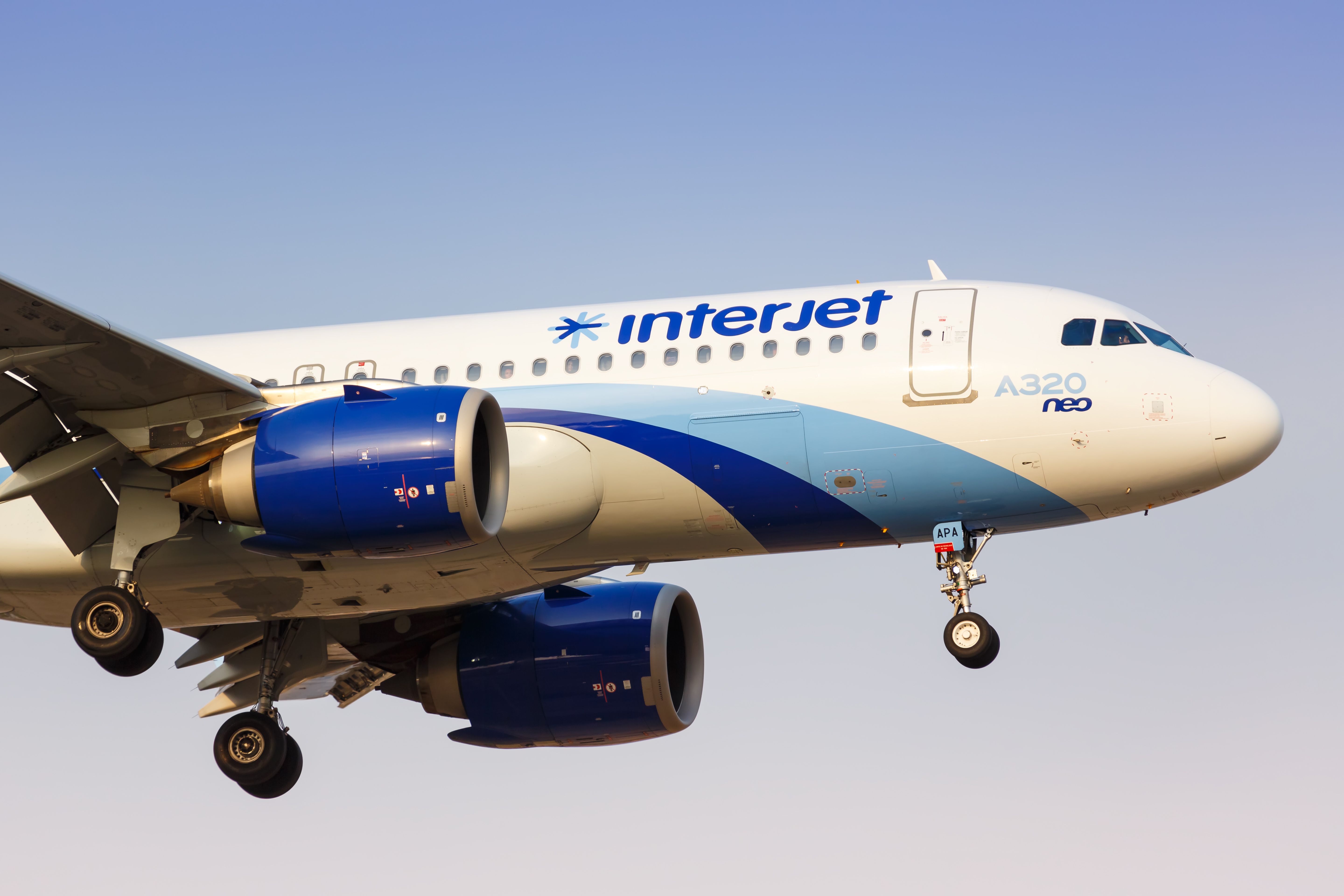
You might also like:
A History Of Interjet – From Mexican Start Up To Today
The Mexican airline is remembered for being the only Sukhoi Superjet 100 operator in the Americas.
Data from ch-aviation shows that Aeroflot is currently by far the largest operator of the Superjet 100, with the Russian carrier’s fleet boasting more than 70 of the type. Yamal Airlines, Azimuth, Gazpromavia, IrAero, Yakutia Airlines, and Severstal Air are some of the other key carriers to have operated the Sukhoi Superjet 100 in recent years.
The Airbus A220 – the most prevalent modern aircraft with a 2-3 layout
For most fliers, the most accessible opportunity to fly in a 2-3 configured cabin today is by taking a trip on the Airbus A220. Both the A220-300 and the smaller A220-100 feature three seats on one side of the aisle, and two on the other.
Photo: JetBlue
The Airbus A220 was brought in to complement the A319neo and go head-to-head with the Boeing 737 MAX 7. It also counts the smaller Embraer E195-E2 aircraft, which has a 2-2 layout in economy class, among its competitors. The type’s current largest operators are:
|
Airline |
Airbus A220s in fleet |
Entry into service |
|---|---|---|
|
Delta Air Lines |
70 |
February 2019 |
|
airBaltic |
47 |
December 2016 |
|
Air Canada |
33 |
January 2020 |
|
Air France |
32 |
October 2021 |
|
JetBlue |
30 |
April 2021 |
|
SWISS |
30 |
June 2016 |
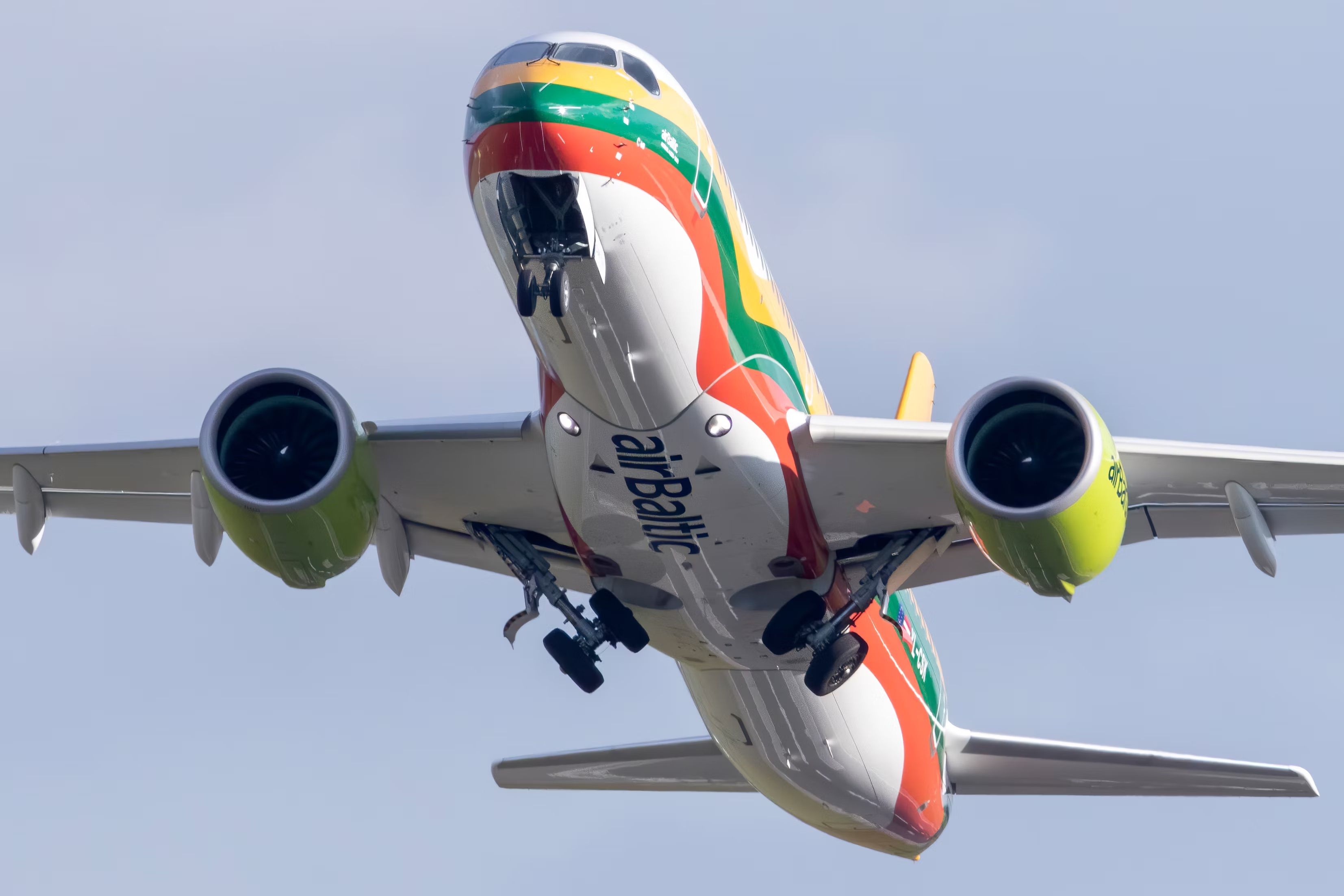
You might also like:
7+ Hour Airbus A220 Flights: How airBaltic’s Route Network Is Changing
This is what the carrier’s network chief had to say.
Airbus saw much greater success around the world with its A220 than Sukhoi experienced with the Superjet 100. The European manufacturer still has a backlog of more than 500 A220s to deliver, including 67 bound for Breeze Airways.
Manufacturers and airlines adapt their configurations to the needs of the market over time, with 3-3 now being the industry standard across most aircraft in economy class. As such, many previous layouts are hard to come by now. This includes the 2-5-2 formation found in the economy class of Boeing 777-200s flown by the likes of American Airlines. This unusual configuration was loved by some passengers as it allowed couples to sit by the windows while families could occupy the middle.
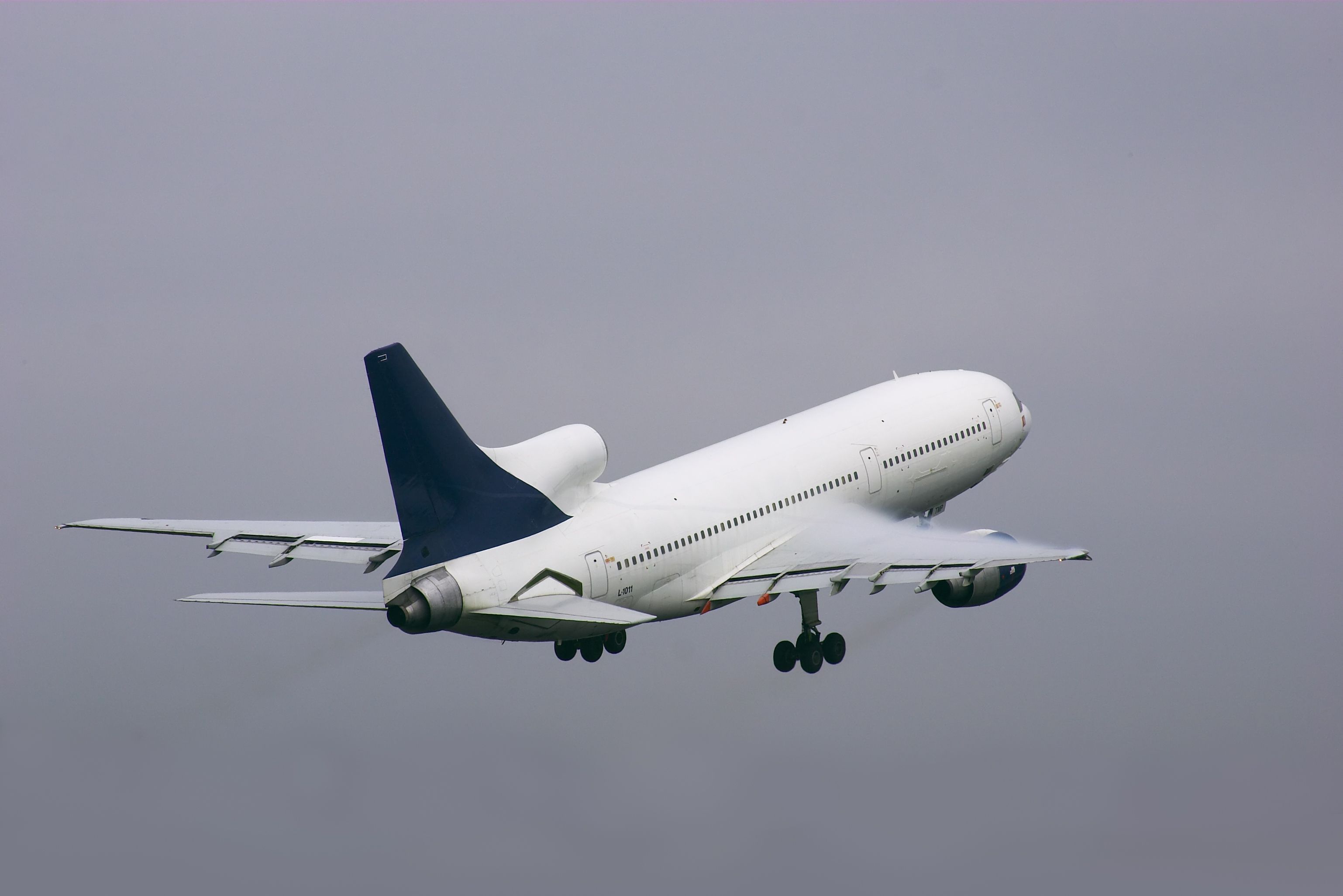
Read more:
What Happened To 2-5-2 Aircraft Seating Configurations?
Do you remember these obscure layouts?
Have you ever flown on an aircraft with a 2-3 seating configuration in economy class? Which airline and route were you traveling on? Share your thoughts and experiences by commenting below.
